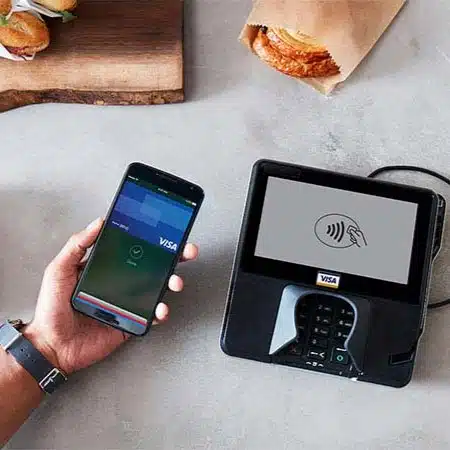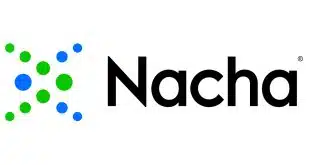While digital wallets have established a beachhead in the payment ecosystem, consumers still aren’t embracing the apps with gusto. The primary reasons are concerns over security and the lack of value-added features, such as rewards and loyalty programs and spend-management capabilities, says Justin Passalaqua, managing director of North America for payments provider Worldline S.A.
“Wallet providers are falling behind when it comes to meeting consumer expectations, which is why wallets haven’t been the silver bullet the industry thought they would be,” says Passalaqua. “Wallet providers can do a better job of meeting consumer expectations.”
He points out that, while wallets such as Apple Pay and Google Pay have made strong inroads in adoption, this is largely because they are standard apps on iPhones and Android phones, respectively,

“Apple Pay is a top wallet and has a lot of brand recognition, but it comes with an iPhone. The same is true of Google Pay,” Passalaqua says. “If you don’t have a wallet that comes with a smart phone, it’s hard to gain traction, and that’s why wallets need value-added features to differentiate themselves.”
Security remains a big issue with consumers when it comes to digital-wallet adoption, largely because wallet providers have not done enough to assure consumers transactions made with a digital wallet are secure,
“Wallets come with more encryption than credit cards, but consumers don’t necessarily know that,” says Passalaqua. “Wallet providers can do a better job of consumer education when it comes to security.”
Adding value to digital wallets with the inclusion of rewards, loyalty, and spend-management programs would go a long way toward boosting consumer adoption of wallets, he adds.
“Being able to see accumulated rewards in a wallet as opposed to going to another app to do so, is an area where wallet providers can align their wallets better with consumers,” Passalaqua says. “The ability for consumers to track purchases in their wallet is a feature that is not often found in wallets and can be a point of differentiation.”
The inclusion of a spend-management app in a digital wallet can benefit merchants by providing access to consumer spending data. Merchants can use that data to create campaigns and offers tailored to specific users based on their purchasing behavior, according to Passalaqua.
Another way providers can increase the value of digital wallets is to partner with independent software vendors. Partnerships with ISVs will enable small merchants to link a wallet to their point-of-sale system. Merchants can brand the wallet, which can include value-added features, Passalaqua says. The wallets could be marketed at the point-of-sale and instantly downloaded by scanning a QR code, for example, he adds.
“Touch Bistro, which is a client of ours, has a restaurant-management app. Why not embed a wallet into the app as part of the payment experience,” says Passalaqua. “You can get a lot of wallets into the hands of consumers through merchants.”
Another advantage of ISV partnerships for wallet providers is that an ISV can develop wallets for specific use cases, such as charitable donations. And developing wallets specifically for banks is another vertical market that can increase wallet adoption and usage, according to Passalaqua.
“Worldline is working with banks in Canada on a wallet app. It’s a great way to keep consumers in the bank’s own app,” says Passalaqua. “There are a lot of vertical markets where wallets can be used.”
If nothing else, adding more utility to digital wallets will increase consumer adoption and usage, he adds.





